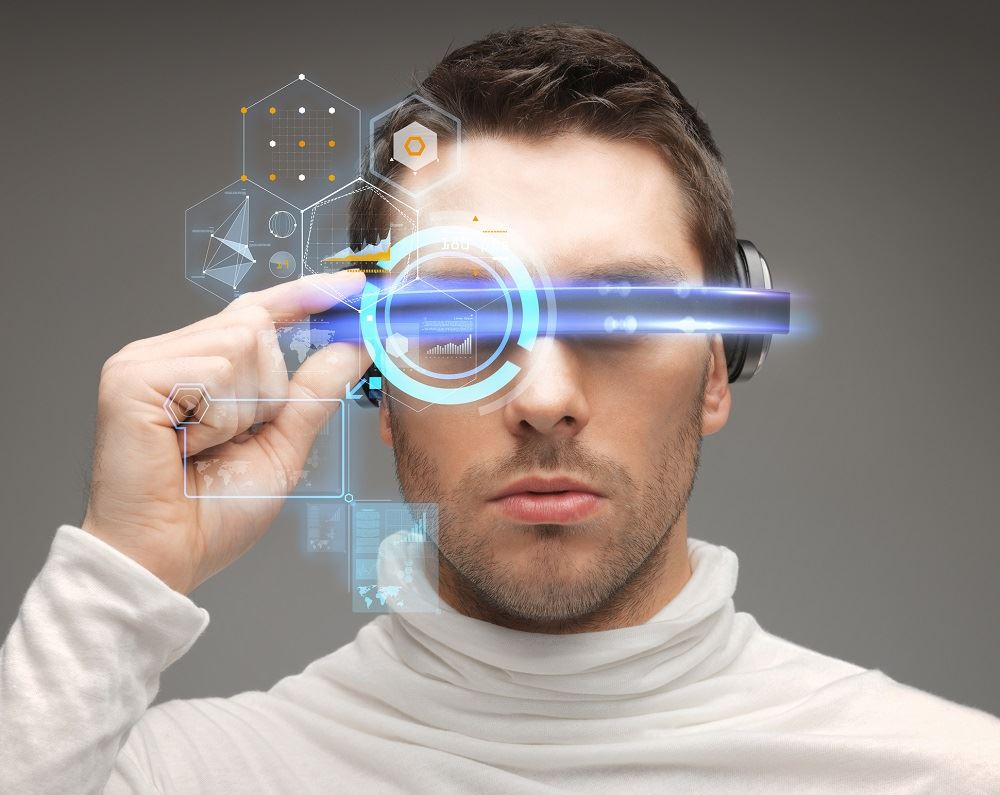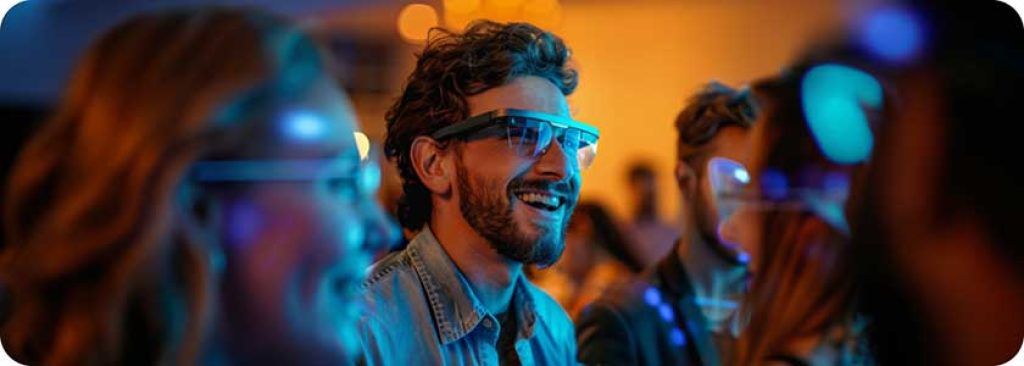Speech-to-Text Devices for Low Vision Users: Enhancing Communication and Productivity
Speech-to-Text Devices for Low Vision Users: Enhancing Communication and Productivity
Blog Article
Discover Advanced Assistive Gadgets for Individuals With Visual Impairments
The landscape of assistive innovation for people with aesthetic impairments is advancing quickly, presenting a series of cutting-edge devices that boost freedom and involvement (Braille displays and notetakers). From wise glasses that perfectly combine aesthetic input with auditory guidance to innovative navigating applications that redefine spatial awareness, these devices are improving possibilities. Furthermore, the most current developments in Braille modern technology and voice-activated systems considerably add to availability. The ramifications of these growths extend much past simple functionality; they challenge standard perceptions of special needs and freedom. What might this mean for the future of addition and support?
Smart Glasses Innovations
Smart glasses stand for a significant improvement in assistive innovation for people with aesthetic impairments. Equipped with video cameras and sensors, clever glasses can capture real-time visual info, which is then refined and communicated to the user via sound feedback or haptic sensations.
Additionally, advancements in expert system have better improved the capacities of clever glasses. Artificial intelligence formulas can acknowledge faces, checked out message, and recognize items, making them indispensable tools for daily jobs. Users can receive auditory hints that provide context regarding their setting, fostering independence and confidence.
In addition, the ergonomic design and lightweight nature of numerous smart glasses make them ideal for long term use, making certain convenience while enhancing capability. As these tools remain to develop, they hold the potential to transform the way people with visual impairments experience their daily lives, bridging the void between access and technology. The ongoing r & d in this area promise to expand the possibilities for smart glasses, making them an important element of modern-day assistive gadgets.
Navigating Application and Devices
Many navigating applications and tools have emerged as important resources for people with visual disabilities, dramatically boosting their ability to traverse unfamiliar atmospheres. These modern technologies take advantage of GPS capability, audio cues, and real-time data to offer users with accurate navigating aid.
One prominent instance is the Aira application, which attaches individuals to trained representatives that can offer visual summaries of surroundings and navigating guidance with an online video feed. This service improves the individual's spatial awareness and confidence while navigating. Another remarkable device is Seeing Eye GPS, which uses voice-guided navigating and sights, making it possible for individuals to accessibility essential info regarding their environments.

As innovation continues to breakthrough, the advancement of extra advanced navigating tools guarantees to further equip individuals with aesthetic disabilities, assisting in seamless wheelchair and combination into varied atmospheres. Such technologies are instrumental in promoting a much more inclusive society.
Braille Technology Improvements
Over the last few years, improvements in Braille modern technology have actually dramatically changed how individuals with aesthetic problems accessibility info and involve with the world around them. The advancement of mobile Braille screens has actually reinvented reading by enabling users to attach wirelessly to tablet computers, smart devices, and computer systems. These devices transform message into Braille in real-time, allowing seamless interaction with electronic web content.
Additionally, ingenious Braille printers have arised, enhancing the manufacturing of responsive products. Modern embossers are much faster and a lot more reliable, permitting for the fast production of Braille documents and academic materials. This effectiveness decreases the time and cost connected with producing Braille resources, making them much more obtainable to schools and organizations.
In addition, the assimilation of Braille with other technologies, such as expert system and maker understanding, has actually opened new opportunities for customized knowing experiences. Voice acknowledgment and synthesis modern technologies can enhance Braille, offering an inclusive approach to information circulation.
As the need for inclusive education and learning and work environment settings grows, these technical advancements play a critical role in encouraging people with aesthetic Wearable technology for low vision impairments, guaranteeing they have equal accessibility to info and possibilities in numerous facets of life.
Wearable Instruments for Freedom
A growing array of wearable devices is boosting freedom for people with visual disabilities, offering cutting-edge remedies that boost navigating and everyday living. Braille displays and notetakers. These tools utilize sophisticated modern technologies to give real-time feedback and support, promoting freedom in various settings

Wearable innovation additionally includes smartwatches that can be programmed with ease of access functions, making it possible for individuals to receive notifications, track their locations, and even call for aid with the touch of a switch. Moreover, some gadgets incorporate synthetic knowledge to analyze the atmosphere, offering audio descriptions of nearby things or individuals.
Voice-Activated Assistive Solutions
Leveraging voice-activated assistive options has changed the landscape of assistance for individuals with aesthetic disabilities, offering hands-free communication and access to a variety of tasks. These technologies make use of all-natural language handling and artificial knowledge to enable individuals to execute day-to-day tasks through basic voice commands.

Furthermore, recent advancements in voice recognition precision have improved the user experience dramatically, fitting varied accents and speech patterns. This inclusivity ensures that more people can benefit from these technologies, cultivating a better feeling of autonomy.
Final Thought
To conclude, the development of sophisticated assistive devices significantly boosts the self-reliance and quality of life for individuals with aesthetic impairments. Innovations such as smart glasses, navigating apps, Braille modern technology, wearable tools, and voice-activated services collectively cultivate an even more comprehensive setting. These modern technologies empower individuals to navigate their environments with self-confidence and involve more totally with the globe, inevitably advertising better availability and equivalent opportunities for individuals dealing with visual obstacles.
The landscape of assistive innovation for individuals with aesthetic disabilities is progressing swiftly, presenting a variety of innovative gadgets that improve freedom and involvement.Smart glasses stand for a substantial improvement in assistive technology for people with visual impairments. As these gadgets continue to advance, they hold the possible to reinvent the method individuals with aesthetic disabilities experience their everyday lives, bridging the gap in between access and technology.In recent years, advancements in Braille modern technology have actually dramatically changed just how individuals with visual impairments accessibility information and involve with the world around them. These innovations encourage individuals to browse their environments with confidence and involve more completely with the globe, inevitably advertising greater access and equivalent possibilities for individuals dealing with aesthetic difficulties.
Report this page